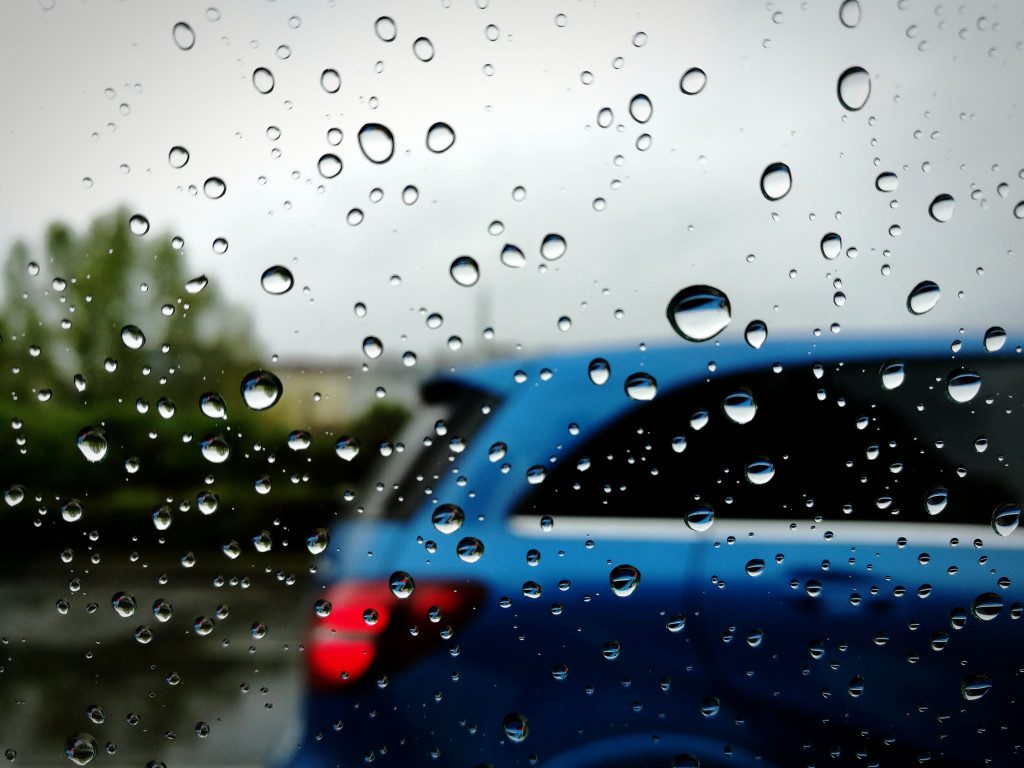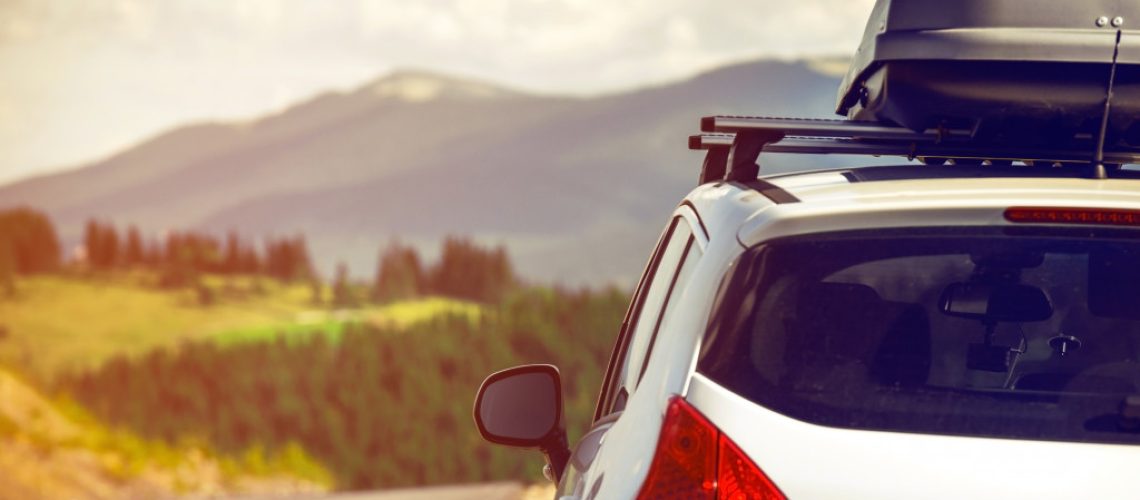• Make sure your car is in good condition before embarking on a mountain drive.
• Be mindful of how you use brakes when going downhill.
• Take curves and other turns slowly, reducing speed gradually rather than suddenly braking.
• Stay focused on the road ahead at all times – no distractions!
• Prepare for unexpected weather conditions by checking local forecasts before heading out.
Driving through a mountainous area can be a thrilling experience. The scenery is beautiful, the roads are winding and hilly, and the drive can be pretty exhilarating. But there are some special considerations you should consider when driving in mountainous terrain. Here are tips to help you get the most out of your mountain driving experience while staying safe on the road:
Make sure your car is in good condition
Before you embark on a mountain drive, ensure you have enough fuel and oil in your car. You should also check your tires regularly before hitting the road. Inflated tires provide better traction on hills, so ensure they’re all adequately pumped up before you set off. You also want to ensure that they’re not worn down too much. Balding tires will slip more easily on wet surfaces, so it’s best to replace them long before they reach that stage.
You should also consider reinforcing your windshield to prevent it from becoming cracked or chipped from flying debris on windy roads. You can do this by partnering with a professional auto glass service provider. They’ll be able to install a durable film on the windshield that can protect it from flying rocks or other hazards. They can also completely replace it if need be.
Be mindful of your brakes

Another important tip is to pay attention to how you use your brakes when going downhill. If you’re driving an automatic car, it may be tempting to just keep your foot on the brake pedal as you go downhill, but this is a bad idea as it can cause your brakes to overheat and fail completely if used for too long. Instead, try shifting into a lower gear or using engine braking (if available) when going downhill. This will help reduce wear and tear on your brakes while providing adequate speed control.
Take it slow on curves
Curves can be tricky in any terrain, but especially in a mountainous area where the roads are narrow and winding with sharp turns and sudden elevation changes. When approaching curves, it’s best to slow down gradually rather than suddenly slamming on the brakes at the last minute. This will give you more control over your vehicle while preventing skidding or sliding due to sudden deceleration or acceleration.
Stay focused on the road ahead
This one goes without saying but always stay focused on the road ahead when driving in mountainous areas. Don’t let yourself get distracted by taking pictures or admiring views while driving! Also, keep an eye out for animals crossing the road. Deer and other wildlife are common in these areas. They can appear out of nowhere, so stay alert and scan ahead for possible hazards.
Be prepared for unexpected weather conditions

Finally, remember that weather conditions can change quickly in mountainous regions – even within minutes! Always check local forecasts before heading out. Sudden weather changes you may encounter and have to prepare for include:
Heavy Rain
Rain can cause visibility issues and slippery roads, so be prepared to drive more slowly or even pull over if necessary. You should watch out for flash flooding if it’s raining heavily, as water can rise quickly in mountain areas. You can avoid this by keeping an eye on the road ahead for any signs of flooding.
Snow and Ice
Snow and ice can make the roads hazardous and slippery, so take extra caution when driving in these conditions; slow down gradually rather than suddenly braking when approaching turns or inclines. Additionally, it’s best to avoid heavily trafficked areas during snow storms if possible, as these areas can become difficult to navigate and hazardous for inexperienced drivers.
High Winds
High winds can cause issues with visibility and gusty conditions that make the road more challenging. Use extra caution when driving in windy conditions by keeping your speed consistent, avoiding passing other vehicles if possible, and keeping a firm grip on the wheel.
Fog
Always use your low-beam headlights when driving in fog to help you see better and reduce visibility issues. Additionally, slow down when approaching curves or turns and be prepared for other drivers who may not be using their lights correctly.
Driving in mountainous areas can be an exciting and beautiful experience, but it’s important to stay safe on the road. By following these tips for mountain driving – checking your tires and windshield, being mindful of how you use your brakes, taking curves slowly, staying focused on the road ahead at all times, and preparing yourself for unexpected weather conditions – you’ll have a much safer journey while still enjoying the scenery along the way.

